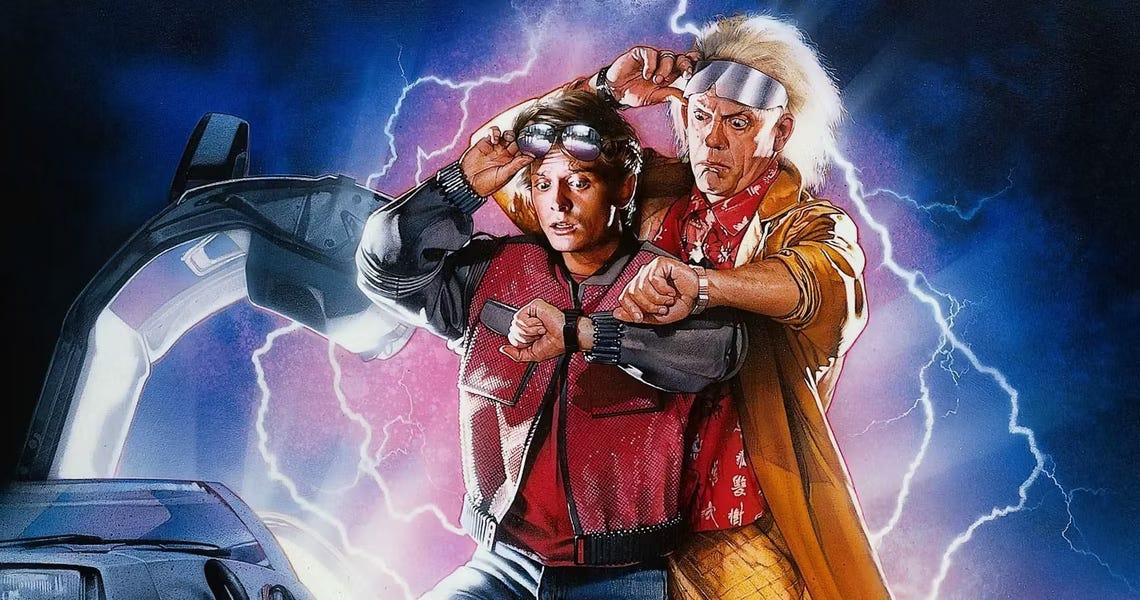If you’re interested in fun ways to improve efficiency in the workplace then read on…
I’ve spent a few weeks researching product team issues and a theme that came up a lot was frustration caused by wasting time. Here are some common examples:
Unclear vision, strategy and goals
Complex to implement features not linked to business outcomes
Vague scope
These issues all cause unnecessary work and ultimately reduce benefit to the company and its customers. Good news - they can all be fixed by a well facilitated and structured workshop using proven exercises to identify, prioritise and fix pretty much any problem. Here are some workshops to address the most common complaints I found…
How to resolve unclear tasks and goals
Lightning Decision Jam. This is a highly versatile creative problem solving loop. And it’s so simple.
Find what’s working and what’s not with a simplified Sailboat exercise
Vote and prioritise the things that aren’t working
Turn the top 3 issues into “how might we’s” (check out this How Might We article for more detail)
Ideate on how to address the issues
Vote on the solutions, select the best ones
Plot the best solutions on an effort / impact matrix
Select and agree the easiest and highest impact solution
This 12 minute video with LDJ inventor Jonathan Courtney describes exactly what to do.
How to prioritise value led features and design
A design sprint. This is a process invented by Jake Knapp at Google Ventures and described in his brilliant book Sprint. It’s a way to rapidly solve big challenges with new or existing products within a week. This process will very quickly get real customer data to base prioritisation decisions on.
Day 1. Define the challenge and produce lots of solution ideas
Day 2. Pick the best solution and storyboard a prototype
Day 3. Design and build the prototype
Day 4. User test the prototype
Day 5. Marvel at your achievements this week
At Bright 7 we call this a Product Discovery Lab to avoid the confusion with Agile sprints.
How to get clear scope
A user story mapping workshop. This is a really simple and powerful technique that can be used to really clarify scope within the context of the bigger picture.
Write out the story (the journey from the end user’s perspective), 1 step at a time using post-its for each task going from left to right
Update the story to have alternative flows
Summarise the map to its core high level backbone
Decide on a goal to focus on and slice out only the necessary activities that accomplish that goal. Commit to not doing anything else.
The key part for clarifying scope is step 4. This exercise draws a clear line between what’s in scope (above the line) and what’s not in scope for now (below the line). User Story Mapping is much more than scope clarification. If you’re interested in getting deeper I’d highly recommend reading Jeff Paton’s book - it’s one of the more fun to read O’Reilly publications.
I have a special cook book filled with workshop recipes designed to address other issues and they all use structured approaches to harness collective brain power to identify, inspire and innovate. If you’re also into facilitation I’d love to hear about your favourite workshops.
Thanks for reading.
Iain


